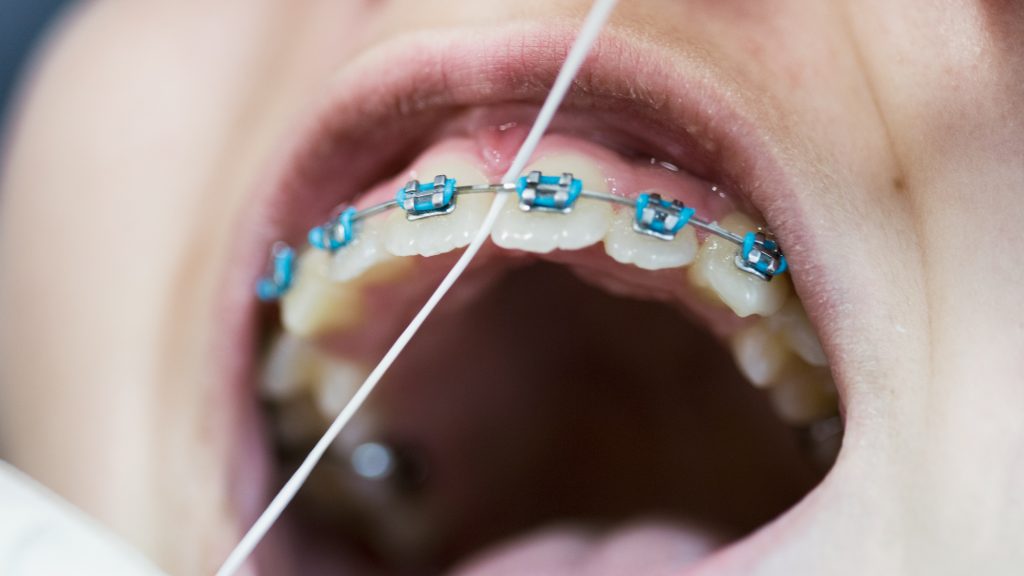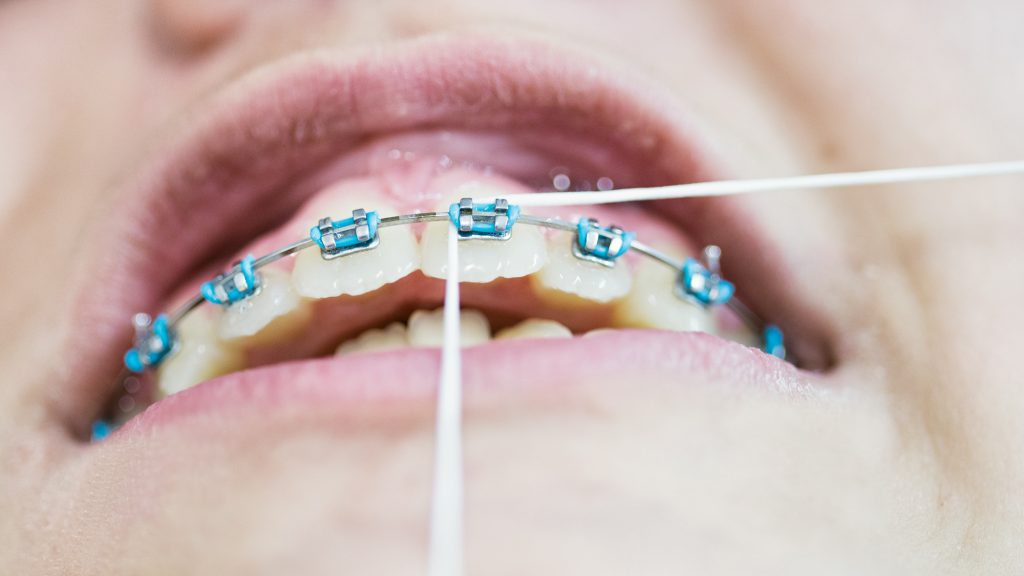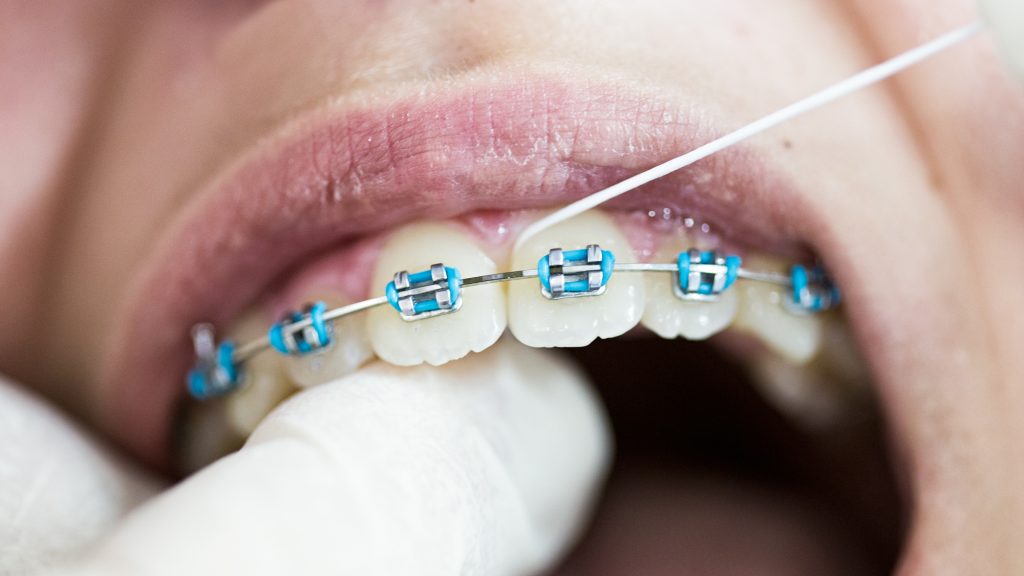Oral Hygiene
Oral Hygiene
Exercising oral hygiene is very important for maintaining the health of our mouth throughout our lives.
Toothbrush
- It is recommended that a soft toothbrush with a small head is used. Your toothbrush needs to be replaced every 3 months.
- Electric tooth brushes with small brushing heads are recommended especially when there is tooth wear or gum recessions due to wrong brushing technique or wrong tooth brush.
- Brushing your teeth is required at night prior to going to bed and one more time during the day. However, when braces are present it is more difficult to keep our teeth clean, and it is recommended that you brush at least 3 times every day.
- We always follow the same sequence when brushing our teeth so we won’t forget to brush an area. We emphasize on areas that have problems or need more maintenance (implants, bridges, orthodontic bands).
- A moderate controlled pressure should be applied while brushing in order to achieve the desired result but without harming gums.
- Children should start brushing their teeth when the first tooth erupts so they can get familiarized with the process. However, the parents should supervise and do the final brushing until the child reaches 7 years old.

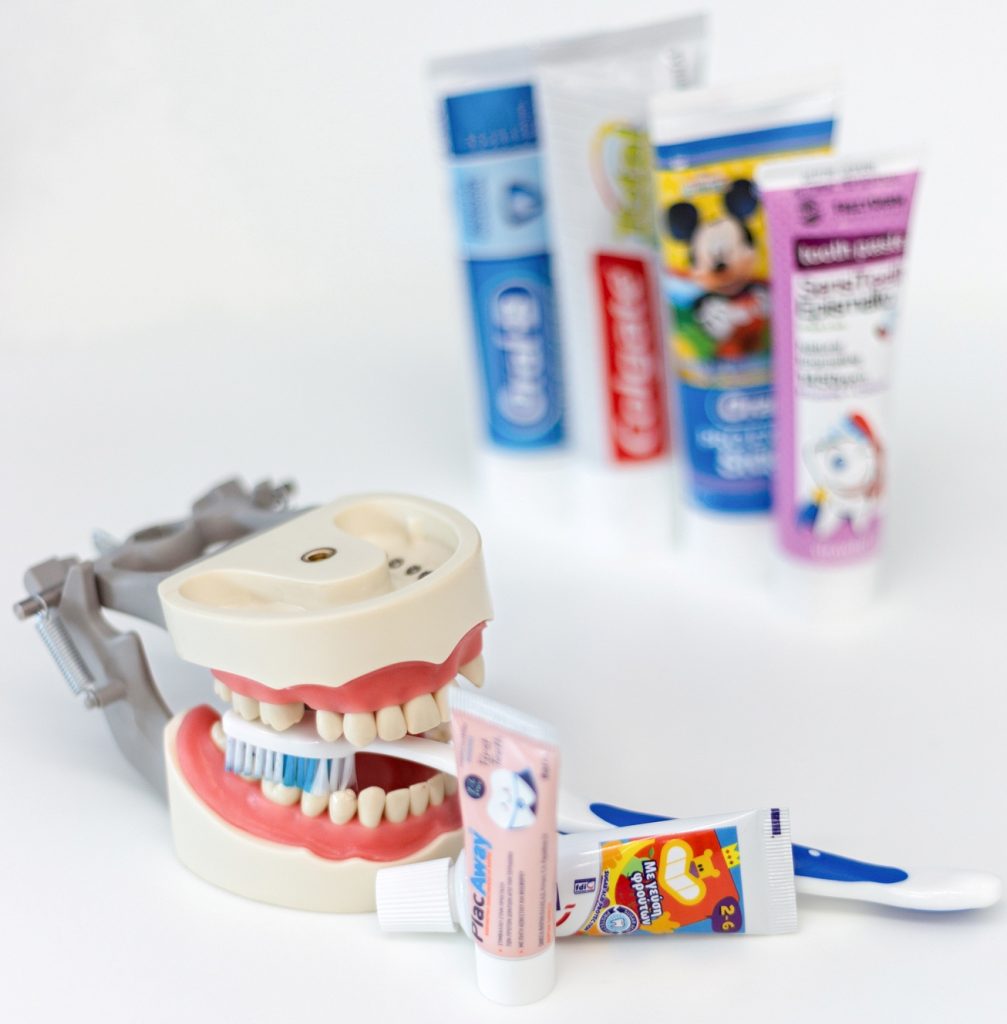
Toothpaste
- All national and international dental organizations recommend the use of a fluoridated tooth paste as the best means against dental caries.
- Children up to 2 years old: fluoridated toothpaste with a fluoride concentration of 500ppm, use a pea-size amount.
- Children 2-6 years old: fluoridated toothpaste with a fluoride concentration of 1000ppm, use a pea-size amount.
- Children older than 6 years: fluoridated toothpaste with a fluoride concentration of 1450ppm, use a pea-size amount.
- Adults: fluoridated toothpaste with a fluoride concentration of 1450-5000ppm, use a pea-size amount.
- During orthodontic treatment: toothpaste with a high fluoride concentration of 1450-5000ppm.
Dental floss/interproximal brushes
- Use of dental floss is recommended to all patients when neighboring teeth contact each other. Usually this happens after the 3rd year of life.
- Flossing should be done once daily, preferably at night and combined with tooth brushing. If this is not feasible, flossing should be done at a minimum 2 times every week.
- Dental flossers with a handle can be used for kids.
- Patients with braces should use interproximal brushes to keep areas between teeth and braces clean.
- Individuals with tooth- or implant-supported bridges should use special floss (Ortho floss, Super floss) or interproximal brushes as indicated.
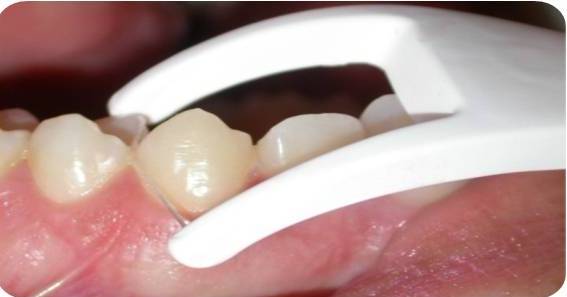

Additional means
- Patients older than 6 years old and with high caries risk should use fluoridated mouthwash once every day.
- Patients older than 6 years old with gingivitis/periodontitis or after surgical procedures should use a mouthwash containing chlorohexidine twice every day after brushing for up to 2-3 weeks.






How do i brush my teeth with braces?
Tooth brushing should be meticulous during orthodontic treatment. Teeth, gums, and braces should be maintained adequately clean. Initially it can take a lot longer but with practice it becomes easier when following these steps:
1.We start by removing all removable parts of the orthodontic mechanisms such as rubber bands and any extraoral appliances.
2.We apply a small amount of toothpaste on the tooth brush and we perpendicularly position the toothbrush over the braces. Following circular motion, we brush across the arch.
3.We place the toothbrush with a 45-degree angulation over the tooth surface and toward the lower surface of the orthodontic mechanisms. We brush with a back and forth motion two teeth at a time. We repeat the same procedure for the lower teeth
4.We continue, placing the toothbrush at a 45 Angle so that the bristles of the brush are in contact with the outer surface of the teeth, the gums and the upper surface of the orthodontic appliances. Brush with “back and forth” movement, with light vibration, per 2 teeth and always in a row and on the gums.
5.As soon as we finish brushing the external teeth surface, we continue with the internal tooth surfaces by maintaining the same brush angulation and brush motion.
6.The internal surface of the teeth in the front is brushed by using the toothbrush vertically and by moving our hand upside-down separately for each tooth and close to the gumline. We only use the tip of the toothbrush.
7.We place the toothbrush on the chewing surface of the teeth and we brush two teeth at a time with a back and forth motion. We start with the teeth in the back and we finish with the teeth in the front. Finally, we brush the tongue.
How do i floss my teeth with braces?
1.We cut a 40 cm long piece of dental floss and pass one edge between the wire and the teeth in an area between two braces.
2.We use 5 cm of floss each time by keeping the rest wrapped around the middle or index fingers of both hands. Each time the used part is worn out, we move to a new unused area of the floss.
3.We start by cleaning the surfaces of the braces one by one.
4.We move the floss in the area between two adjacent teeth using the thumb or index finger.
5.
We wrap the floss around the tooth surface and push it slightly under the gums using mild pressure. Then we pull the floss away from the tooth surface.
